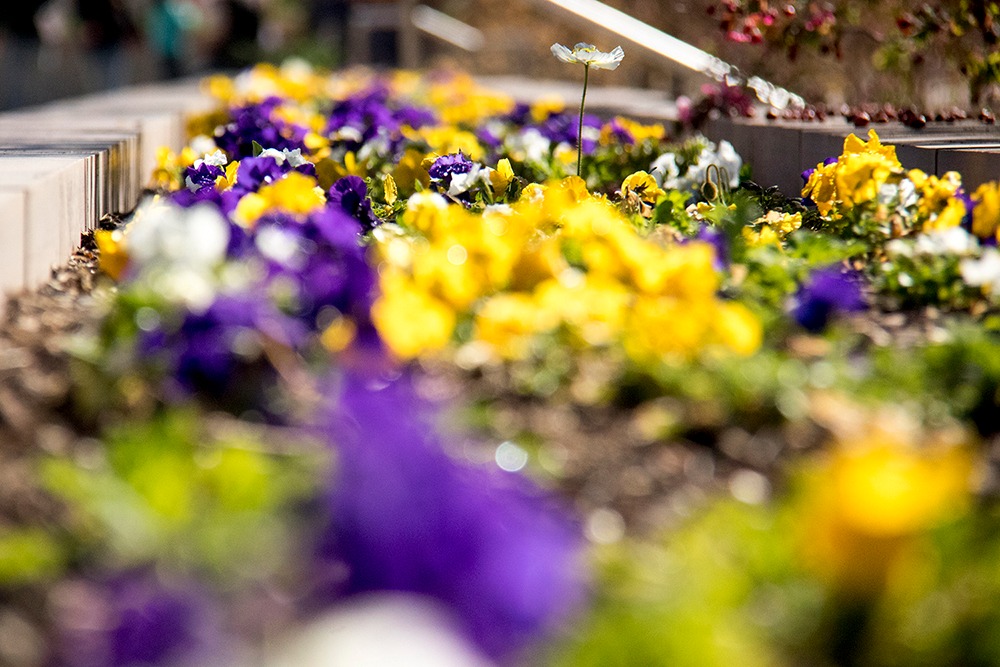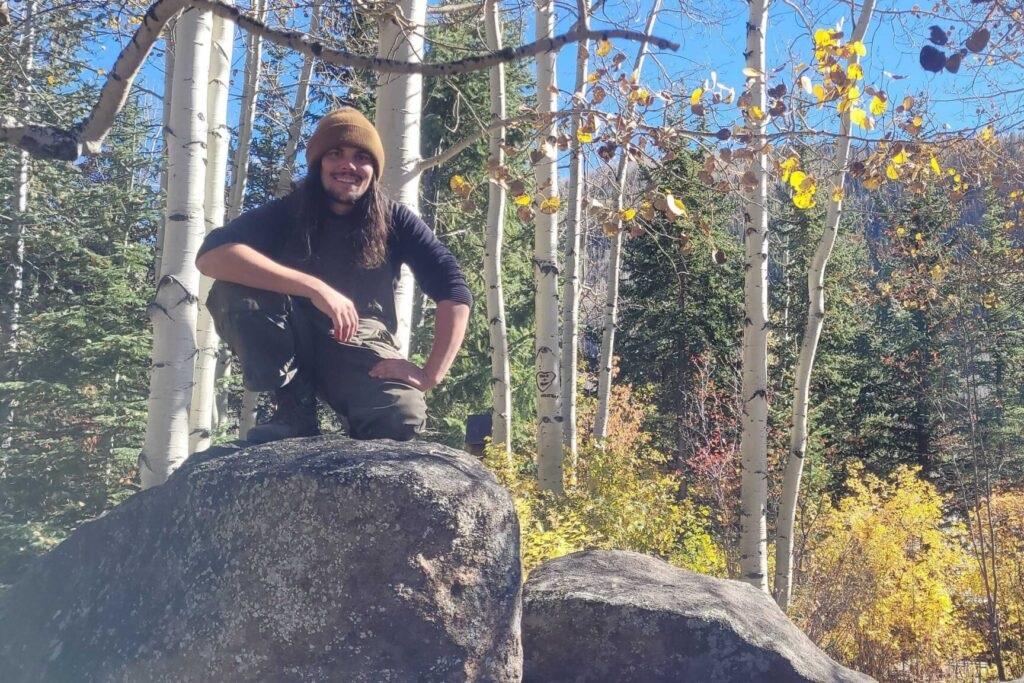
As fall settles in, gardeners across Colorado are preparing their gardens for the cold months ahead.
At the Betty Ford Alpine Garden in Vail—the highest botanic garden in North America—experts like Senior Horticulturist Colin Lee are hard at work, ensuring that the garden’s stunning array of alpine plants is ready for the winter.
Lee spoke with Colorado Matters host Chandra Thomas Whitfield to share his top tips for winterizing your garden to ensure thriving when spring finally arrives.
Start with fall fertilizing
One of the key steps in preparing your garden for winter is fertilizing in the late fall. Lee recommends applying a nitrogen-heavy fertilizer after your fall cutback, which is the process of trimming perennials and removing dead foliage.
"This opens up more space for the fertilizer to reach your plants," he explained, "It's like putting them to bed with a full stomach."
The idea is to nourish your plants so that their root systems can elongate and better prepare for the cold months.
Don’t forget to water
In Colorado, where the weather can be unpredictable, watering your garden before winter is crucial.
"Dieback of plants over winter is often due to desiccation, or the plant drying up," said Lee.
He emphasizes the importance of giving your garden a thorough watering before completely shutting off your irrigation systems. This step helps to ensure that your plants have the moisture they need to survive the winter.

Consider fall planting
While many gardeners think of spring as the prime planting season, fall is actually an excellent time to plant bulbs such as tulips, daffodils, and crocuses.
"I'll be putting in a few hundred, maybe even a thousand bulbs in the next week or two before the ground freezes," said Lee.
These bulbs will lay dormant through the winter and burst into bloom come spring, adding early-season color to your garden.
Adjust your irrigation
Water usage is a major consideration for any gardener, especially in a state like Colorado where water restrictions are becoming more common. Lee advises adjusting your irrigation system based on the amount of rain your garden receives.
"A lot of people just turn on their irrigation and leave it at one setting the whole time," he said, "But here at the gardens, we adjust our irrigation clocks month by month to ensure we're not overwatering or underwatering."
Upgrading your irrigation system and controller can also help make your garden more water-efficient.
The impact of altitude
Gardening at high altitudes like those in Vail presents unique challenges and opportunities. Alpine plants have adapted to survive in these environments, often developing vibrant colors due to the higher UV light exposure.
"The blues are bluer, the reds are redder," noted Lee.
However, the higher you go, the smaller the plants tend to be, as they adapt to withstand the strong winds and harsh conditions at altitude.
Protect your garden from pests
Managing pests in an environmentally friendly way is another critical aspect of sustainable gardening. Lee recommends Integrated Pest Management (IPM) practices, which involve using natural and less harmful methods to control pests.
"A lot of people are used to just spraying chemicals, but there's a better way," he said.
Colorado State University (CSU) Extension offices can provide valuable advice and even visit your garden to help you identify and manage pests effectively.
Looking ahead to spring
Spring in Colorado can be brief, but it’s an important time for gardeners to prepare their beds for the growing season. Lee suggests starting your cleanup early and planting as soon as possible.
"Spring is the best time to get your hands into the soil and start your plantings," he said. While the temperatures are still cool, it’s an ideal time to get a jump on the growing season.
Sustainable gardening at its best
At the Betty Ford Alpine Garden, sustainable gardening is more than just a trend—it's a way of life. With a focus on using perennial plants and water-wise gardening practices, the garden serves as a teaching tool for gardening enthusiasts looking to create beautiful yet environmentally friendly landscapes.
"Beauty and brains, that's what we're trying to do here," Lee says.
The goal is to inspire people to become invested in their gardens and proud of what they’re growing, all while minimizing their impact on the environment.
Editor’s Note: Since our interview, in 2022, Colin Lee has been promoted to Curator of Plant Collections at Betty Ford Alpine Gardens.









